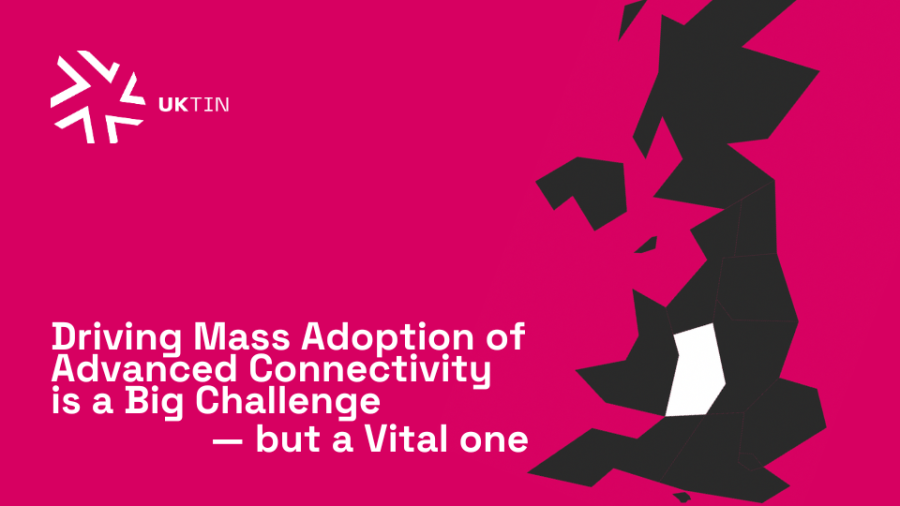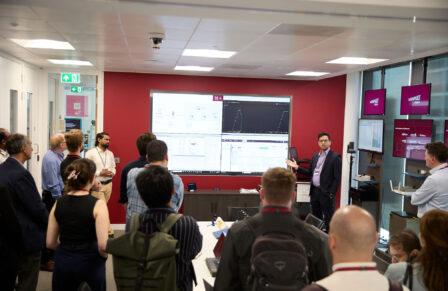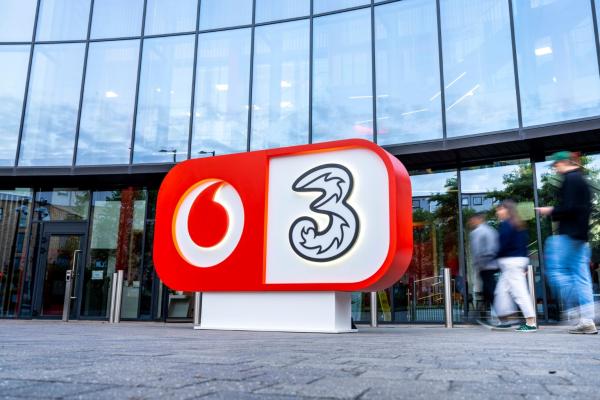Written by Robert Driver

To butcher a bit of Shakespeare: it is easier to know how, than to do. Often — and especially when it comes to technology — the idea is the easy bit. Progressing to adoption is where it gets really tricky.
Our job at UKTIN’s adoption team involves bridging the chasm that lies between R&D, testbeds and trials, and the tangible, real-life effects that advanced connectivity can have on citizens, public services and industry. Successful trials have proven the potential for scaled adoption of advanced wireless technologies in vertical sectors – including manufacturing and agriculture – and public services - such as health and transport - to deliver billions in economic and social benefits. However, adoption is challenging in the current macro-economic environment and there are specific demand- and supply-side barriers that need to be overcome, ranging from awareness, skills and business case development to design, sourcing, deployment, finance and operations.
The end goal is economic growth, with improved productivity and better public services. Accelerating wider commercial investment in advanced connectivity is how we’ll get there — but we need to demonstrate demand first. We’re guided by pragmatism, and by learning directly from people who’ve been there, done it and seen the impacts for themselves. We aim to provide a forum for these voices on what works, what doesn’t — and what just might.
The UKTIN adoption programme began in earnest in July 2023. We started by recruiting five working groups tasked with identifying and illustrating the problems — and potential solutions — that exist in places and distinct sectors. The groups span manufacturing, health and social care, transport and logistics, and agricultural technology, as well as a regionally focused group. All are led by people working within each sector and with relevant expertise. We are, as always, grateful for the contributions being made.
Our outputs are organised into three complementary strands.
Firstly, we produce adoption toolkits. These are developed by our sector-specific working groups, and involve compiling practical examples of deployments from the UK or further afield that are already up, running, and proving their worth — be that in terms of cost savings, positive social impact, or both. The first batch of these toolkits were published in May. These toolkits will build on practical case studies, providing solutions to specific, practical concerns, like how to create a compelling investment case, or how to encourage the use of the technology once it's been deployed.
Secondly, we have created communication hubs for each adoption area. These are live on the UKTIN website and, in simple terms, translate the benefits of advanced connectivity for our selected sectors into language that end users (or sceptical procurement managers) can understand and apply to the challenges at hand. The telecoms sector has never been particularly good at explaining its achievements or impact, and this has, in part at least, contributed to the challenge of moving from trials to scale deployments.
Finally, we want our work to be able to contribute to policy-making. To this end, we publish market engagement reports which are tailored to deliver insights lifted directly from real-world deployments, so that regulators and lawmakers can have as clear an understanding as possible of the barriers to and opportunities associated with adoption of advanced connectivity solutions.
We are working closely with the Department for Science Innovation and Technology. Under the government’s UK Wireless Infrastructure Strategy, 10 consortia have received £36 million in funding to encourage 5G uptake in industry and the public sector. It’s crucial for mass adoption that these projects can feed into one another, and into future deployments. But there remains a risk that they exist, instead, as islands. So UKTIN has pulled together representatives from each of these 10 consortia into our Regions working group, in order to pass on their progress across the whole country.
In the specific case of telecoms and high speed connectivity, successful mass adoption requires what we call ‘stackability’ — or the ability to stack up enough use cases to justify the capex on wireless infrastructure. With the possible exception of a lighthouse, you wouldn’t put up miles of pylons to prove the use of a single light bulb. The same applies to high-speed networks. At the same time, the market can’t simply be relied upon to dictate where deployment happens. To do so is to risk leaving more sparsely populated regions behind. This is not something that can be tolerated when it comes to public services that, increasingly, are run on a backbone of connectivity.
The barriers here are only partially about the technology itself, of course — indeed that can sometimes be the most straightforward element! There is the need to develop complex business cases, based on multiple use cases. There is the challenge of cultural inertia and institutional silos, the problems of sourcing funding and suppliers, as well as the complexities of procurement, and the practical issues of deployment and sustainability at scale. The role of an innovation network is invaluable in disseminating best practice and fostering partnerships and relationships that otherwise simply would not happen.
Ultimately, we are led by adoption success stories. Places like Sunderland, one of many exemplars, have developed a strong approach to the delivery of services. The city has made use of government funding to deploy autonomous vehicles at the Nissan manufacturing plant and is now working to deliver 5G to attendees at the iconic Stadium of Light, as well as partnering with private sector providers to run a large neutral host network across the whole city. This blend of work done independently, through government funded initiatives, and in private sector partnerships provides something that every region can learn from. It’s exactly the sort of thing that we can feed into UKTIN toolkits and market reports. We want other regions to be able to replicate these successes — without having to repeat all the missteps along the way that are an inevitable part of any deployment process.
Ours is an anti-hype approach. UKTIN is not aiming to be a marketing engine for advanced connectivity solutions; we want to help reveal the hard work of providing practical and pragmatic advice and tools, based on the real-world challenges encountered by people deploying solutions, at scale, for the benefit of their organisations and communities. This, in my view at least, is where the real magic happens.
What’s coming next:
- Further development of our adoption toolkits, with extended use cases
- Participation and editorial partner in the ITN Business programme, Digital Britain, helping to bring the practical story of how to deploy advanced connectivity to a mainstream audience
- Adoption-focused events, to bring together demand and sector sides of the ecosystem









